- News
- Reviews
- Bikes
- Components
- Bar tape & grips
- Bottom brackets
- Brake & gear cables
- Brake & STI levers
- Brake pads & spares
- Brakes
- Cassettes & freewheels
- Chains
- Chainsets & chainrings
- Derailleurs - front
- Derailleurs - rear
- Forks
- Gear levers & shifters
- Groupsets
- Handlebars & extensions
- Headsets
- Hubs
- Inner tubes
- Pedals
- Quick releases & skewers
- Saddles
- Seatposts
- Stems
- Wheels
- Tyres
- Tubeless valves
- Accessories
- Accessories - misc
- Computer mounts
- Bags
- Bar ends
- Bike bags & cases
- Bottle cages
- Bottles
- Cameras
- Car racks
- Child seats
- Computers
- Glasses
- GPS units
- Helmets
- Lights - front
- Lights - rear
- Lights - sets
- Locks
- Mirrors
- Mudguards
- Racks
- Pumps & CO2 inflators
- Puncture kits
- Reflectives
- Smart watches
- Stands and racks
- Trailers
- Clothing
- Health, fitness and nutrition
- Tools and workshop
- Miscellaneous
- Buyers Guides
- Features
- Forum
- Recommends
- Podcast
feature
Ribble launch radical new Ultra aero road bike (+ video)
Ribble Cycles has launched a new Ultra aero road bike with a radical frameset design, an innovative handlebar, and some bold aero claims.
Dubbed the Bat Bike during development, Ribble says that the Ultra’s design brief was to be “the fastest aero road bike in the real world” – in other words, the fastest with a rider in place as opposed to one that performs well in the wind tunnel with no one aboard.
“We always test bike and rider because the interaction from an aerodynamic perspective is vital,” said Ribble’s CEO Andy Smallwood. “How the airflows over the bike and hits the rider is crucial.”
With that in mind, it took a digital scan of a test rider to use throughout the CFD (computational fluid dynamics) process and used the same test rider in wind tunnel testing, and then in the real world. It also used other riders – both male and female – in the wind tunnel, plus a mannequin.
“As we progressed through the project it became very evident that the aerodynamics of the bike have a significant positive or negative impact on the rider, particularly on elements of the bike that are directly downstream of the rider,” says Ribble. “Through this analysis, we examined in minute detail how the airflow from specific areas of the bike can be manipulated upstream (in front of the rider) to maximise their positive aerodynamic impact on the rider downstream.
As usual with aero bikes and components, the initial work was done on computer using CFD software.
“CFD (computational fluid dynamics) allowed the team to understand the aerodynamic challenges and how to use the design to maximise and manipulate the airflow to generate a significant performance gain across a full range of yaw angles from 0° (head-on) to an extreme 20° and speeds from a pro rider’s 29mph and the more average road cyclist speed of 22mph. We were very keen to develop a bike not only for the pro but for the everyday cyclist,” says Andy Smallwood.
Yaw can be understood as the apparent wind that results from the speed and direction of the bike/rider and the speed and direction of the wind. Ribble says that it included a negative sweep (measuring the aerodynamic performance on the opposite side of the bike) when required and it optimised the performance for yaws between 5° and 10° because that’s what you’ll encounter most of the time in the real world (Ribble says that 5-7° is what you’ll get on a typical day, up to 10° on a windy day).
Ribble says that every section of the frame, fork, seatpost and handlebar has been aerodynamically optimised with particular attention paid to the integration of components.
“When the shape and initial component material layup had been defined, extensive and detailed wind tunnel testing was employed to test and qualify the gains seen at CFD level,” says Ribble.
“The wind tunnel results [Ribble used the cycling wind tunnel at Silverstone] are extraordinary and illustrate the importance of considering the total package of bike and rider to obtain the best aerodynamic efficiencies.”
We’ll have more on those results later.
Frame and fork
Many truncated aerofoil tube profiles feature on the Ultra frameset – essentially, airfoils with the tails removed, as you’ll find on aero road bikes and time trial bikes from other brands.
“A conventional airfoil is great in a straight line but as soon as you move off to yaw the air detaches pretty quickly,” says Andy Smallwood. “We know that truncating it helps a lot but rather than stopping there, we really looked at the tube profile in detail. We started looking at the chord – the widest part of the profile – nudging it backwards and forwards to get to an optimum position which is the ideal location across a yaw sweep.
“We also looked at the truncated trailing edge, making it wider and making it thinner. Then we amalgamated the work on the chord and the work on the truncated edge together to get to the finished tube shape.
“One particular tube profile might be fast up to 10° yaw, but if the air detaches suddenly at that point it could lead to instability in crosswinds so you might go for a slightly slower profile with greater stability and more consistency across the full yaw sweep. We went through this process for every section of the bike.”
The lower section of the down tube, for example, has been optimised for use with a standard water bottle in place and Ribble says that a straight-edged aerofoil proved most beneficial in terms of reducing drag from 5° of yaw upwards.
“The best design we achieved is a truncated airfoil with very flat sides, utilising the bottle shape to finish off the airfoil,” says Andy Smallwood.
Ribble says that the Ultra Road is faster with the water bottle in place than without and that the profile of the lower down tube generates thrust at +10° yaw.
The profile of the head tube has been extended with a long trailing edge that is said to improve aerodynamics at higher yaws while remaining within UCI regulations.
Concerning the fork, Andy Smallwood says, “There’s a gain to be had by moving fork blades in front of the rider’s legs, which is something that Team GB have done with their Hope track bike.
“When the air is head-on, we saw exactly what Team GB saw. Move the blades outboard and you get a wake behind the fork which is a benefit. On the track that’s absolutely fine because you’re working to low parameters of yaw, but it’s different when you’re riding outside. By 2.5° yaw, we’d lost the benefit completely, and the results then went off in a negative direction. The best solution was for the fork legs to go straight up vertically from the dropouts and go in right at the top.”
In terms of dimensions, Ribble says that an 80mm deep fork was most aerodynamically efficient up to 10° yaw but there was a big drop off beyond that point. A blade 68mm deep and 15mm wide proved to be the clear winner across the full range of yaw and actually started to generate thrust from 5°, according to Ribble.
“On the non-driveside, we’ve enclosed the disc brake calliper behind the fork blade so there’s nice clean airflow there rather than extra drag,” says Andy Smallwood. “We’ve also positioned the seatstays directly behind the fork blades so that they sit in the wake.”
Ultra bar design
One of the most eye-catching features of the new bike is the Ultra combined handlebar and stem.
“We know that the handlebar is one of the most important elements of the bike because it makes contact with the rider and it is directly upstream of the rider – in terms of aerodynamics, it has a big impact on the rider behind it,” says Andy Smallwood.
“When we first looked at it we thought that the only elements we could alter were the wing sections and the stem. The drop and the section where the lever goes are out of bounds because you need a round section of tube for the band that holds the lever in place. If we could get rid of the necessity for that band we could shape the handlebar however we liked.”
Ribble came up with a system where the dual-control lever bolts directly to the Ultra bar, eliminating the need to use that band.
“The lever is positioned in the conventional location and attached to the handlebar using a removable and adjustable plate,” says Ribble. “The plate is accessible via a cavity at the rear of the bar and allows the lever to be adjusted through the horizontal and vertical planes.”
You get 15° of side to side movement and just under 30mm of vertical movement.
Ribble says that ditching the band has given it greater freedom, allowing it to shape the drop section and the transition between the tops and the drops for aerodynamic and ergonomic benefits.
Another key feature of the Ultra bar is the bulge on the top section. What’s the reasoning there?
“Think about whether you’d be better off riding behind a super-aero Ferrari or a van in terms of aerodynamics,” says Andy Smallwood. “You’d rather ride in the wake behind the van so we thought, can we design a handlebar that’ll shed a wake on the rider’s legs? That’s what we’ve done here.”
In short, the bulge is designed to be a wake generator that creates a drag reduction zone for the rider to sit in.
“Initial tests of the bars without the wake generators produced significant aerodynamic benefits versus a standard bar but these were negated by the airflow impacting the rider’s legs,” says Ribble. "The wake generators provide further measurable aerodynamic benefits across a full range of yaw and multiple hand positions when compared to standard handlebars and the new bar without wake generators. This is due to the wake generators’ ability to manipulate airflow upstream of the rider.”
The bars are narrow too, and this provides further aero gains.
“We’ve gone with various stem lengths but the maximum width is 38cm to the hood, 40.5cm at the curve of the drop, and 42cm at the ends,” says Andy Smallwood. “The thinking there is that this is an aero bike and you don’t just get the benefit from the bike itself but through the fact that we’re promoting an aerodynamic ride position too”
One more interesting feature of the handlebar is that it’s designed to be used without tape.
“Bar tape is not that great in terms of aerodynamics and it’s a faff, so we’ve given the bar a textured finish,” says Andy Smallwood, “Because it’s carbon, you have enough vibration damping without the need for tape.”
Ribble has applied for patents for the method of directly mounting the dual-control levers, the wake generators, and the non-round drops.
Aero gains
Ribble has measured the Ultra against its existing Endurance SL R aero road bike throughout the development process. It doesn’t offer statistics for the aero performance of its new bike compared with models from other brands but says it has great confidence in its design and data.
As mentioned up top, Ribble tested in the wind tunnel at two different speeds: 22mph and 29mph.
Comparing the Ribble Ultra and the Ribble Endurance, each with a rider on board and fitted with Ribble’s existing Level handlebar rather than the new Ultra bar – so you’re looking at the benefit of the frame, fork and seatpost – Ribble claims a 54.9-second advantage over 40km (25 miles), averaging 5° and 10° yaw for the Ultra at 22mph, and a 50.25-second advantage at 29mph (obviously, any bike moving at 22mph will cover 40km in exactly the same time as any other bike moving at 22mph; bike brands calculate the wattage saved at a particular speed and convert that to a time saving).
The shorter amount of time saved at the higher speed is because although the aero benefit is greater, this is outweighed by the fact that you’re on the course for less time.
Ribble says that adding the Ultra’s new handlebar saves more time. Averaging 5° and 10° yaw over 40km (25 miles), you’re looking at a saving of 75.05 seconds over the Ribble Endurance with a Level handlebar at 22mph. The Ultra’s advantage at 29mph is 61.4 seconds (obviously, the point made above about the time savings of bikes moving at particular speeds applies here too).
Ribble says that the new bar was always tested on a like for like width basis versus the Level 5 bar to ensure consistency and that the narrowness of the Ultra bar will provide additional aero gains.
The more affordable Ribble Ultra SL, made with a lower grade of carbon than the Ultra SL R and without the Ultra handlebar, is a claimed 54.9 seconds quicker than the Endurance SL R over 40km (25 miles) at 22mph (averaging 5° and 10° yaw), and 50.2 seconds quicker over 40km (25 miles) at 29mph.
When tested in a bike-only scenario the Ultra SL R (with the new Ultra bar) is outperformed by the Ultra SL (without the Ultra bar), according to Ribble. However, with a rider in place, the Ultra SL R is said to be 20.5 seconds quicker than the Ultra SL over 40km (25 miles) at 22mph (averaging 5° and 10° yaw) and 11.4 seconds quicker over 40km (25 miles) at 29mph.
Models
The Ultra Road is available in two models: Ultra SL R and Ultra SL.
The Ultra SL R’s frame (size medium) weighs a claimed 1,050g while the SL version is 250-300g heavier. The Ultra handlebar/stem is a claimed 450g. Ultra SL R complete bike weights are from a claimed 7.6kg (based on a medium frame).
A Ribble Ultra SL in a Shimano 105 build is £3,199.
A Ribble SL R in a Shimano Ultegra build is £4,299.
Many other builds are available and customisation is possible through Ribble’s online Bike Builder tool which allows you to select the components you want from a large range of options. You can also select your own finish using Ribble’s Custom Colour program.
One interesting option is the triathlon-specific Ribble Ultra SL R with a clip-on aero bar and tri-spoke wheels. It comes fitted with a Shimano Ultegra Di2 groupset and costs £6,599.
The Ultra SL R is also available as a frameset for £2,999
Mat has been in cycling media since 1996, on titles including BikeRadar, Total Bike, Total Mountain Bike, What Mountain Bike and Mountain Biking UK, and he has been editor of 220 Triathlon and Cycling Plus. Mat has been road.cc technical editor for over a decade, testing bikes, fettling the latest kit, and trying out the most up-to-the-minute clothing. He has won his category in Ironman UK 70.3 and finished on the podium in both marathons he has run. Mat is a Cambridge graduate who did a post-grad in magazine journalism, and he is a winner of the Cycling Media Award for Specialist Online Writer. Now over 50, he's riding road and gravel bikes most days for fun and fitness rather than training for competitions.
Latest Comments
- Hirsute 6 hours 14 min ago
Anyone vomiting whilst driving could have a detrimental effect on others....
- IanGlasgow 7 hours 17 min ago
Indicators for bikes are still with us. The best/least bad I've tried are:...
- IanGlasgow 7 hours 22 min ago
Indicators for bikes are still with us. The best/least bad I've tried are:...
- David9694 8 hours 22 min ago
I wonder what age that man will get to before it dawns on him what he is. ...
- Terry Hutt 9 hours 16 min ago
I was interested in the EasiCyco backpack until I watched their Kickstarter video. Both their riders' bums rub on the backpack. That's a hard NO...
- redhanded 11 hours 45 min ago
I had 2 bikes stolen from bike shed outside my flat in London last year. They ended up for sale in Russia. A cycling club I'm a member of tweeted...
- Deac 12 hours 46 min ago
I tried the footrest on the way home, it's a great idea, you can keep on the saddle making it easier to get away from the traffic lights, and being...
- ktache 15 hours 40 min ago
Not that they would be as technical, or maybe quite as grippy, but does the skate industry provide any solutions?
- Rendel Harris 16 hours 22 min ago
Sorry to be a killjoy but it doesn't amuse me at all, I hope the idiot gets caught and punished. Putting yourself on the same road as pros...
- willpom @GWRaudax 16 hours 57 min ago
Steve Poulton has just published The Cheltenham Flyer - 10th May https://www.audax.uk/event-details/calendar/13235-cheltenham_new_flyer_200
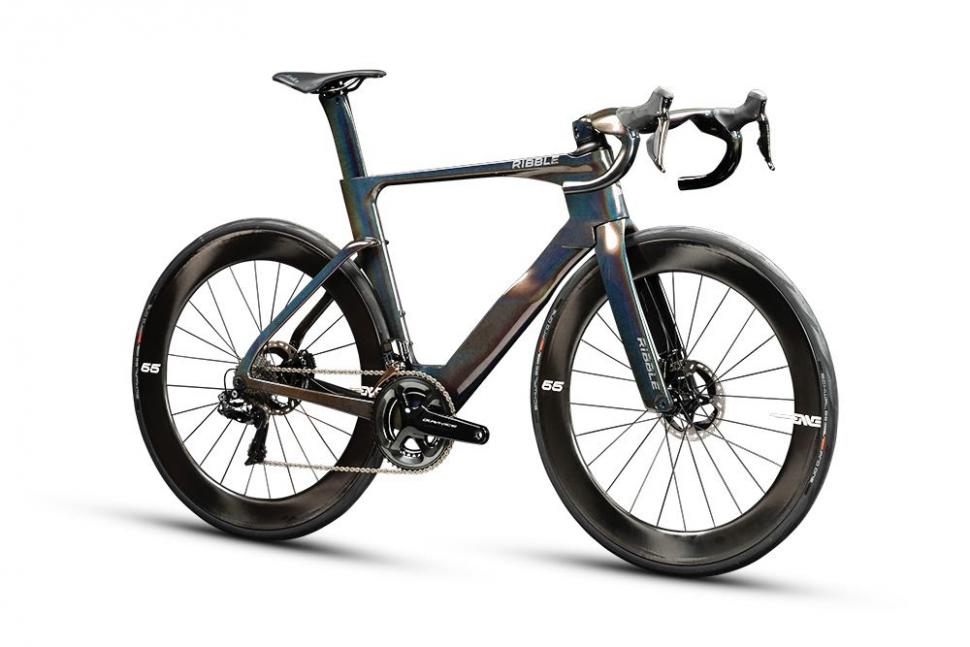
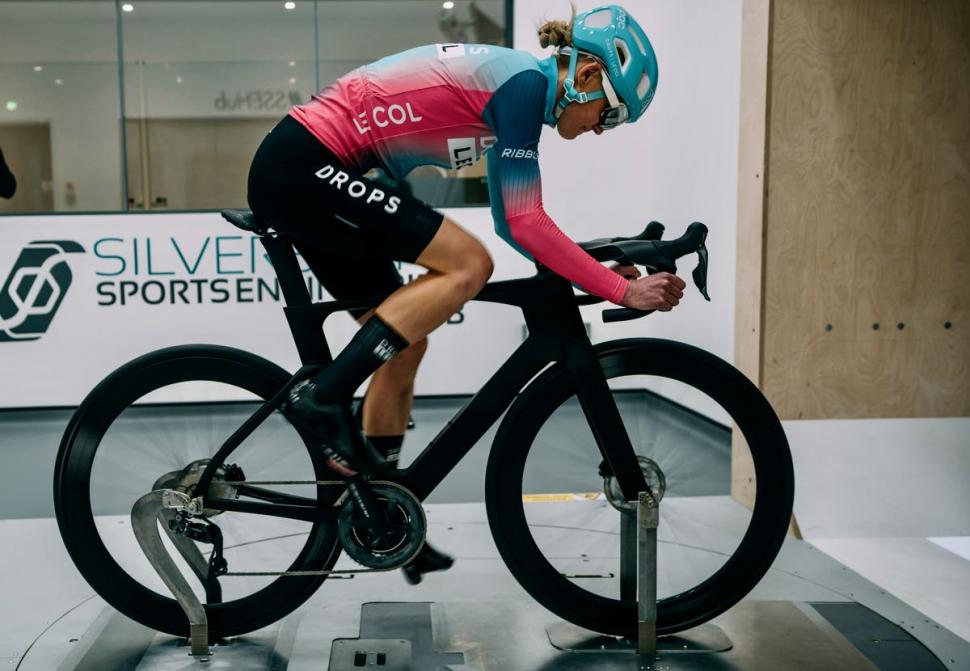

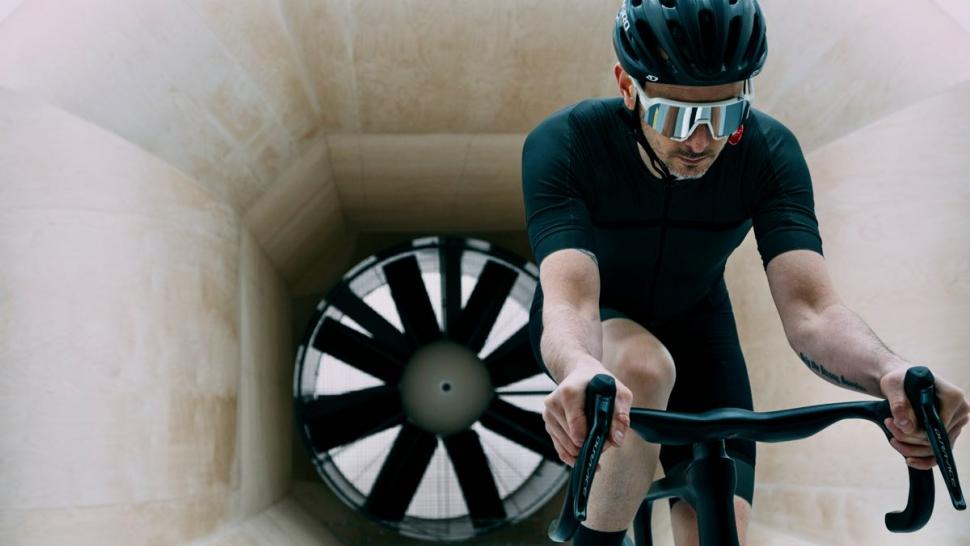

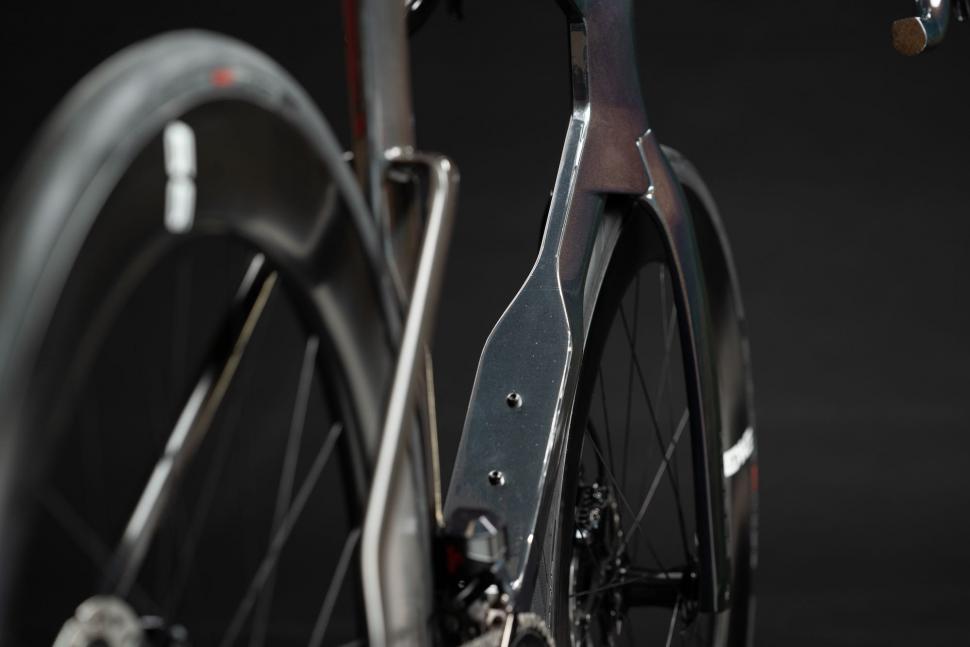


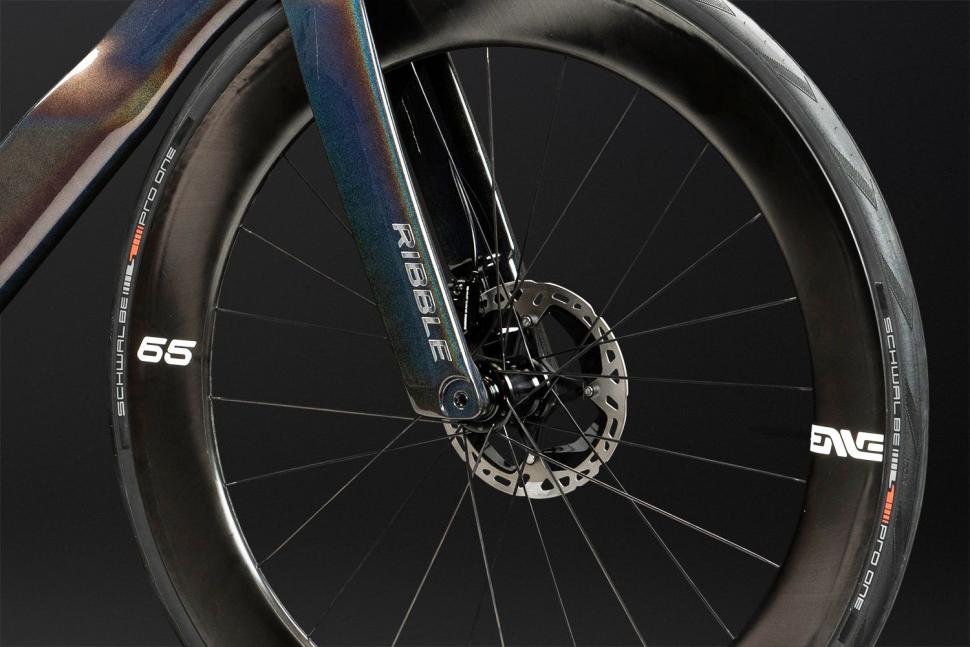

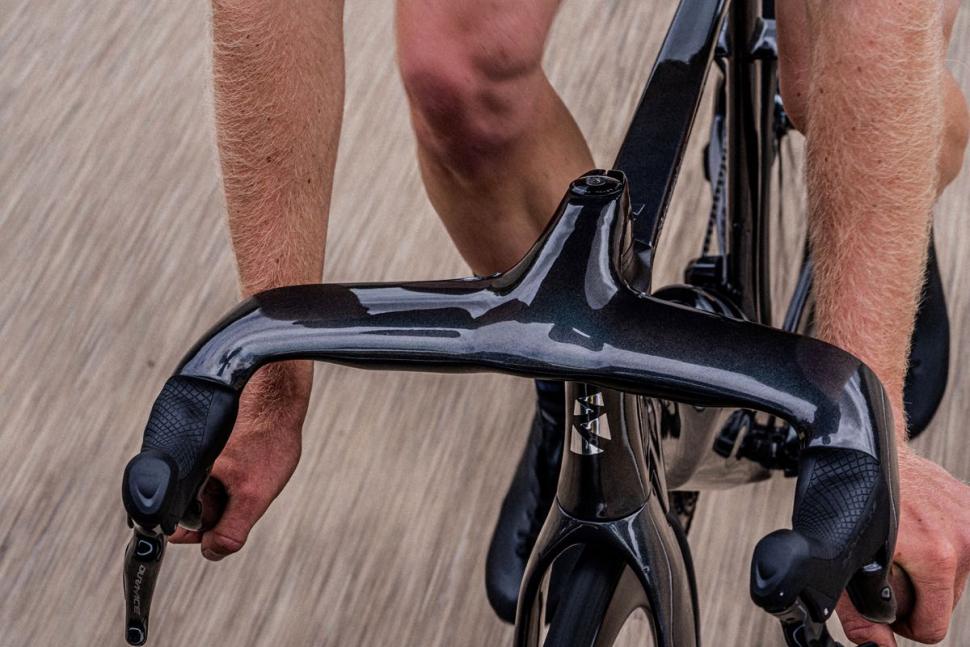
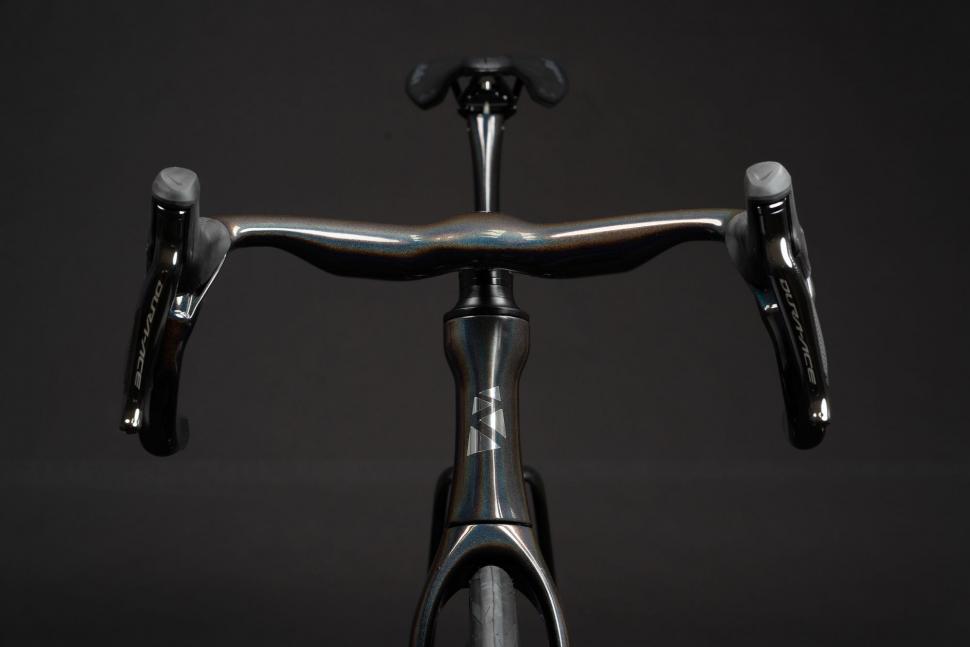
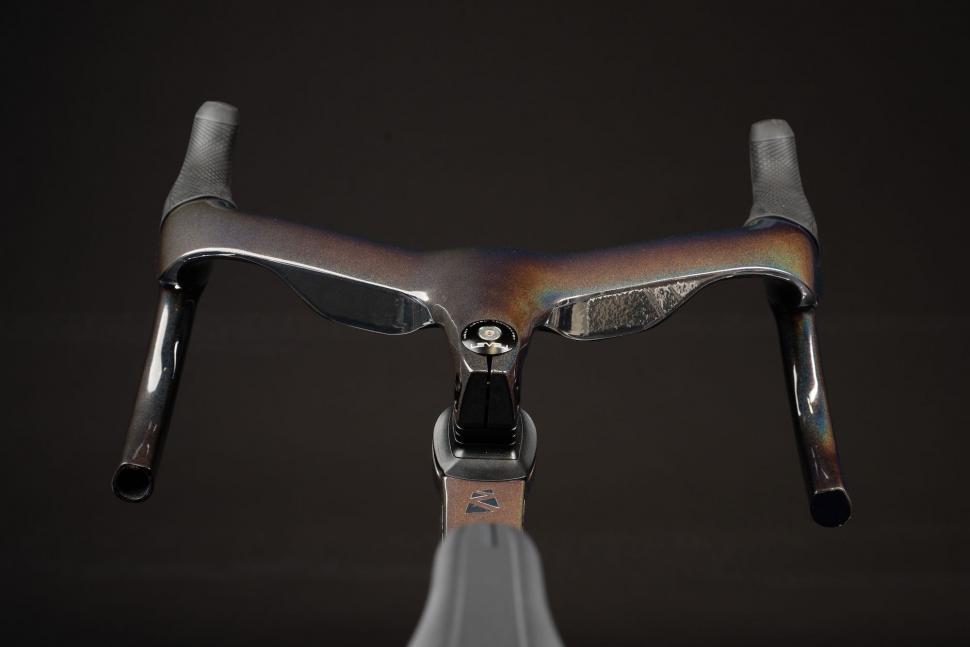






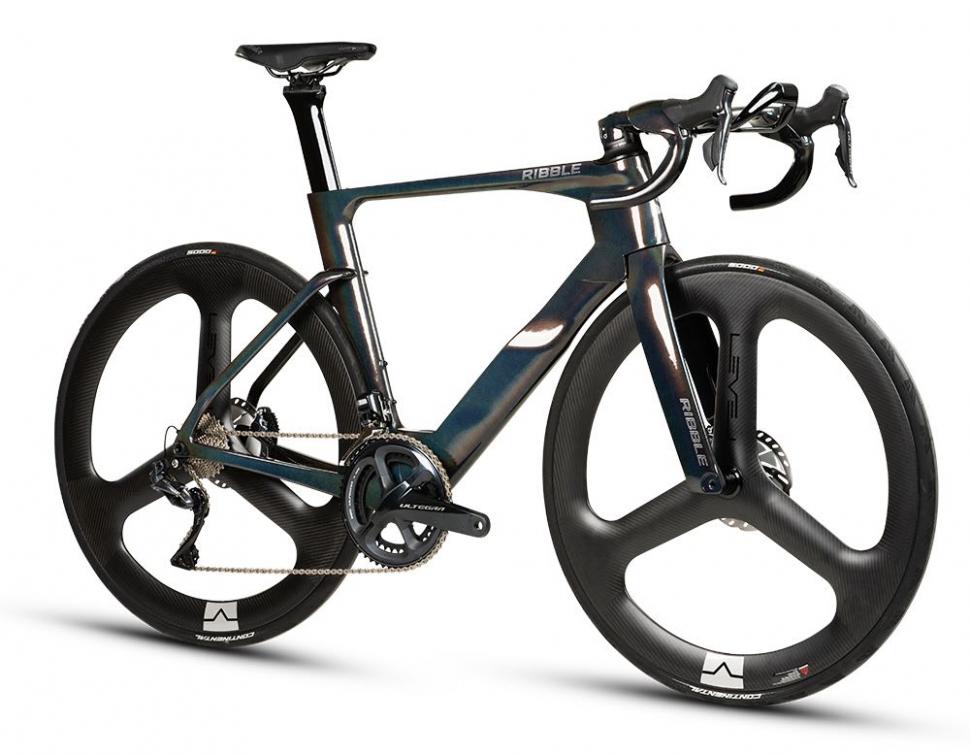
Add new comment
34 comments
A bit insecure are we?
Surely if your body isn't very aero then having an aero bike will help offset this?
Not sure why people get so worked up over people riding expensive bikes that they deem them 'unworthy' of. I don't take the mickey out of people that wear glasses yet buy a 4k tv,
Well done you.
I can think of no finer demonstration of sporting prowess than beating a competitor who is automatically entered into a race against you without being informed and on the qualification criteria that they are going slower than you when you first spot them.
I hope it will make you feel better about not being successful enough to afford to ride a bike like this while wearing Rapha*
* - it's just a funny joke, like yours Luke!
Pages